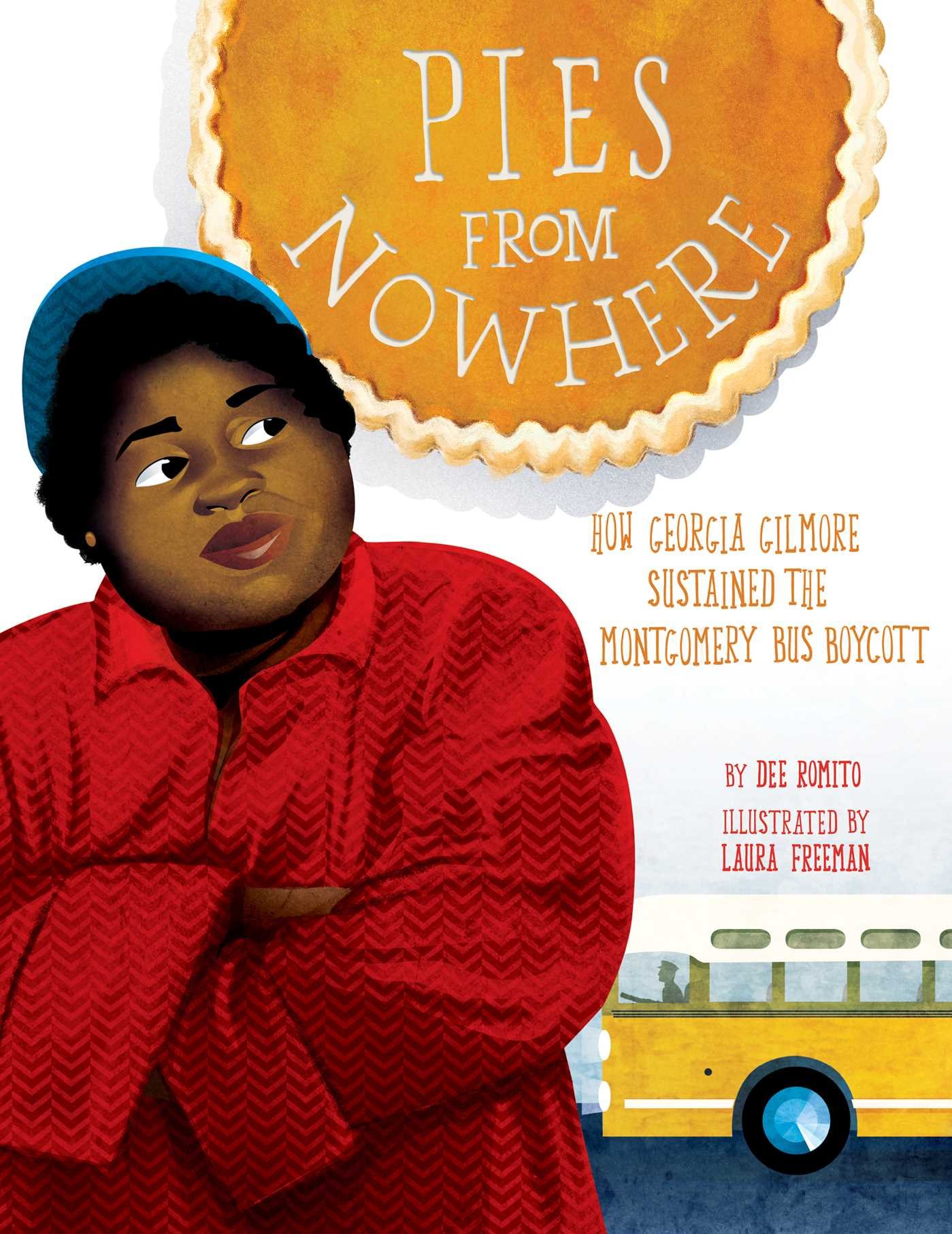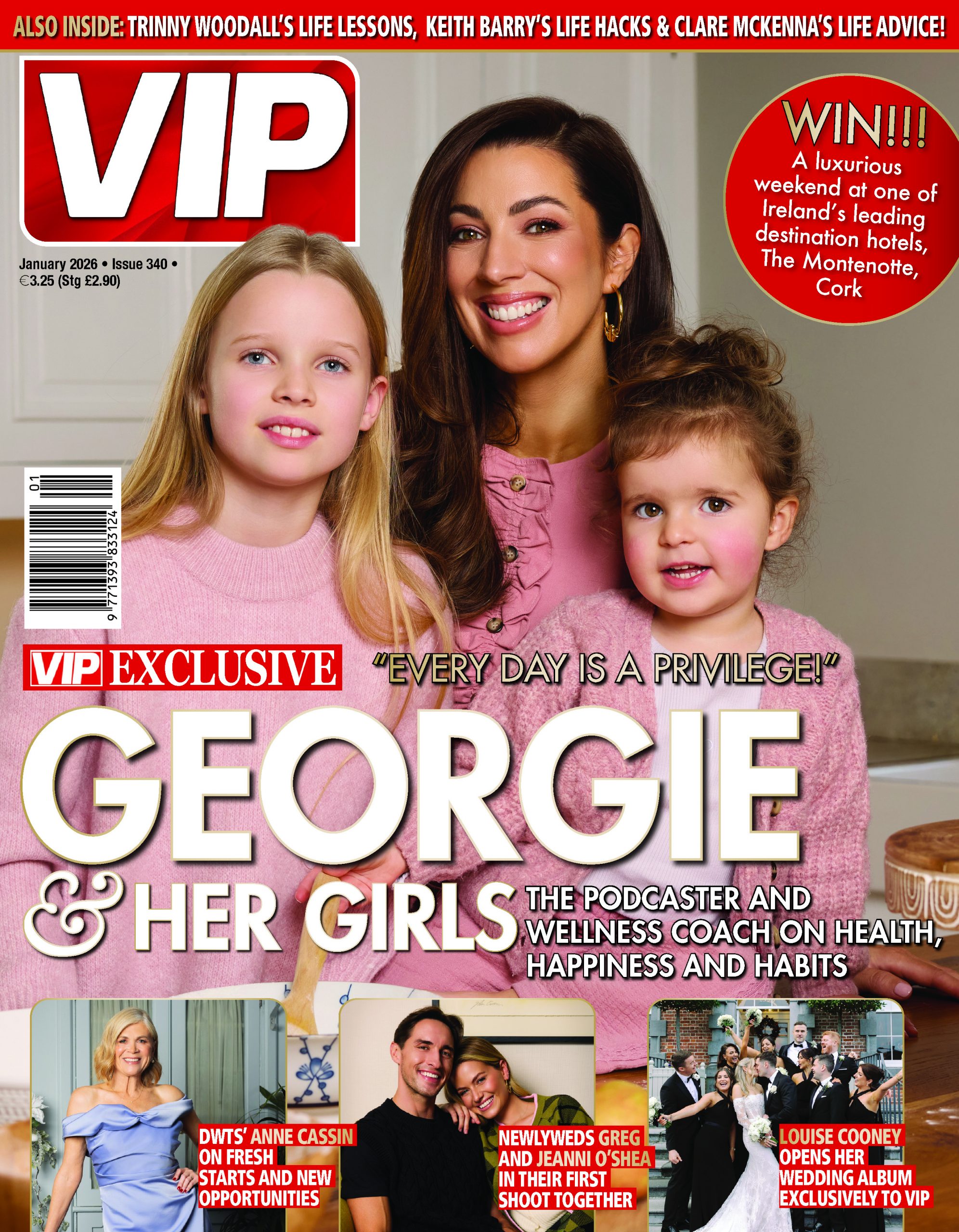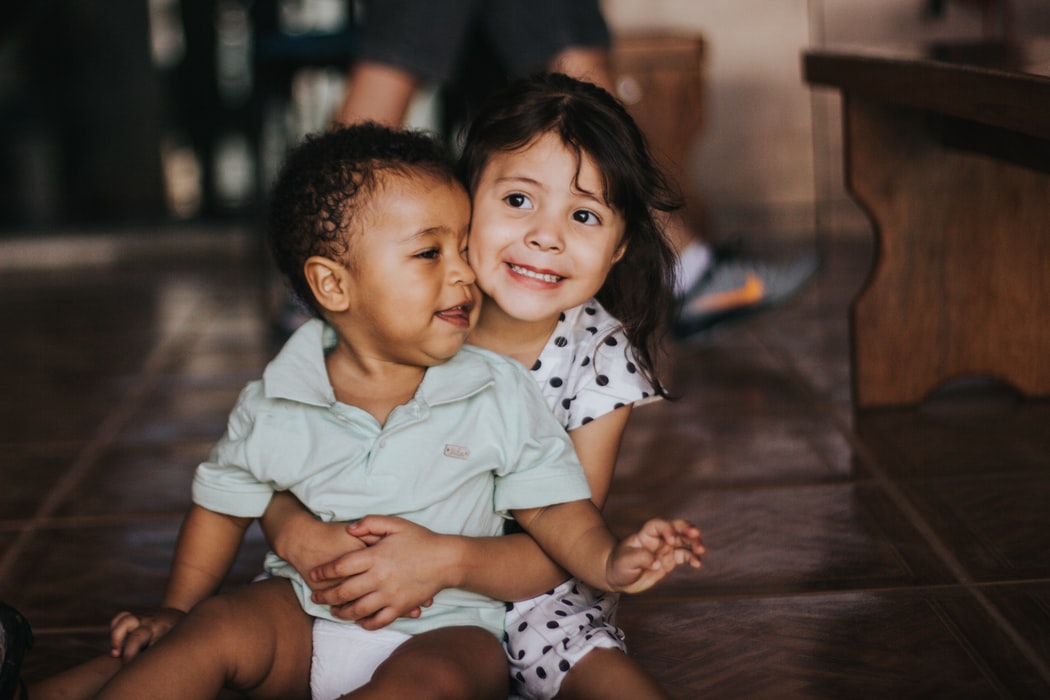
The tragic, unjust death of George Floyd in the US last week sparked outcry around the world, and lead to a conversation about racism, police brutality, and how we can all work together to eradicate such behaviour in the future, so no more lives are lost in such a manner.
Educating both ourselves and our children about what’s going on around the world is vital. From books and documentaries, to speaking openly as a family, starting that conversation at home is of utmost importance.
Your children may have seen clips and snippets through media outlets or online, but sitting down with them, one on one, will help them understand what’s happening, and why it’s so essential that we support the Black Lives Matter movement in any and every way possible.
Shane O’Curry, director of the Irish Network Against Racism (INAR) told VIP Magazine, “It’s very important for the parents of both minority and white settled kids to talk to them about race, and to encourage open discussion. Parents should be clear about concepts and terminology themselves and so they can respond in fulfilling ways to a child’s natural curiosity.
“We should strive to be as comfortable talking about skin colour as we are when we talk about hair colour, eye colour or freckles for that matter. We should normalise difference and diversity.
“Parents of minority children have an additional burden of anticipating that their children may be subject to racial epithets, racial abuse or other forms of discrimination. This requires very different and more painful conversations.”
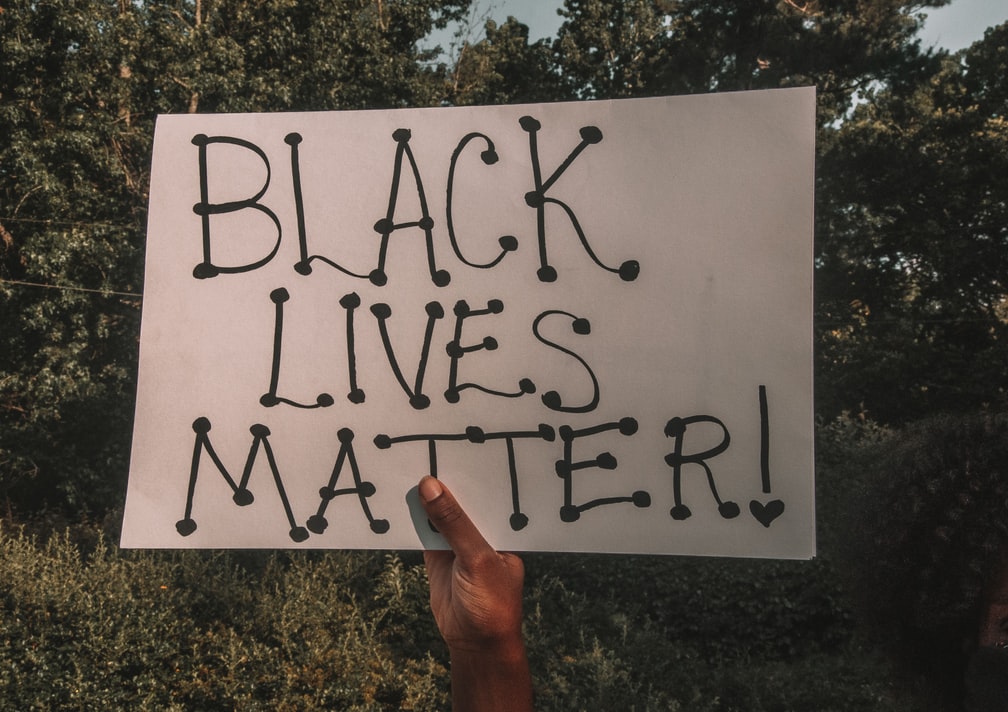
Discrimination and racial abuse is a very real issue, and should be a topic spoken about regularly at home. You may find a good way to approach this, especially when speaking to young kids, is by referencing tv shows they already watch as a way to open the discussion, before explaining that it’s happening across the world.
Shane tells us, “Kids programmes often feature episodes where someone is treated unfairly, and getting your child to empathise and articulate how this might feel might be a good way to connect with a real life situation they have encountered.
“If a child is outraged or distressed about racism or discrimination, then their feeling should be validated. They are right to feel outraged.
“They should be encouraged to talk about how it makes them feel, and to explore ways of addressing racism, whether that means standing up for themselves and looking for allies, or through expressions of solidarity and support for the child who has been affected.
“One important thing that the parents of white settled kids should teach them: standing by in silence when someone is discriminated against should not be an option. While always remembering to stay safe, strive to find ways to stick up for your pals.”
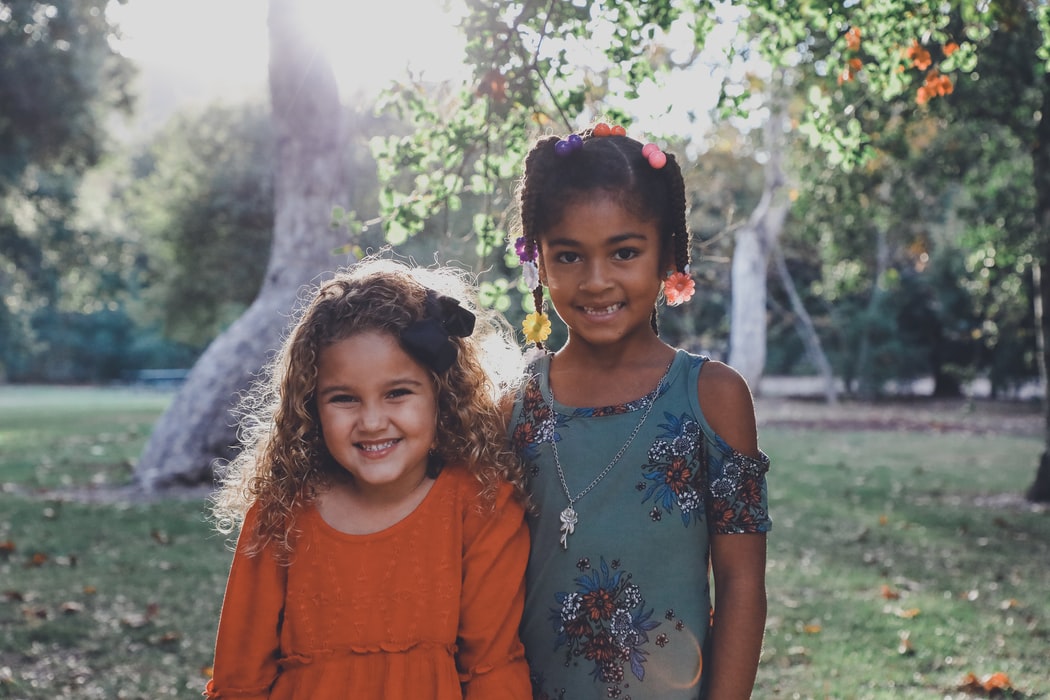
Jennifer Carroll, Irish fitness and lifestyle influencer, recently approached the subject with her son Carter after he, a five-year-old boy, expressed fears for his own life.
“My son is Carter is funny, kind, wild and he is also mixed race. It does not define him but it is an important part of him. His colour is something we have always spoken openly about and I think it is important for other parents to do the same,” she told us.
“This past week of atrocious events has led to Carter and I having some difficult conversations. He has picked up a lot, just from overhearing. One night as I was putting him to bed, he asked me out of nowhere if his life was in danger from the police because his skin is brown. He also asked why some white people don’t like darker people.
“It was tough because I was not expecting it and to see the concern on his face really hit me hard. I just sat with him and was as honest as I could without scaring him. We have spoken, read books and watched films before so I had things to refer back to, to help him understand more. Like most parents I remind him every day that he is kind, beautiful and can always talk to his mammy.”
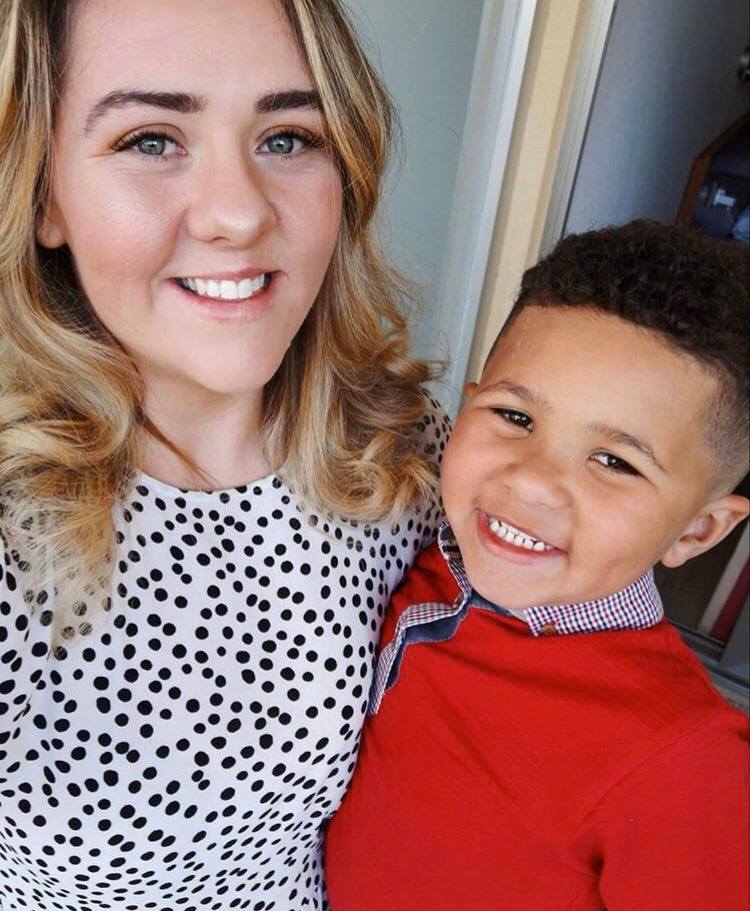
Kids are never too young to learn about diversity, and through small, regular actions at home, parents can ensure their kids grow up to be anti-racist allies.
“It doesn’t have to be anything to heavy or intense but simple things like reading books and watching films that have children and people of other races and religions in them, is vital. When your colouring in people use different colours for different skin tones and the same when buying toys and figures,” Jennifer said.
“Talk to them about standing up for each other and how to recognise when another child may be being treated differently because of how they look, whether it’s skin tone, hair type, accents, facial features or clothing. I think if we all do our bit, it will help the next generation.
“It is not enough anymore to say we are not a racist, we need to be actively anti-racist. We must use our voices to speak up. It’s our responsibility to educate ourselves.”
After discussing these topics with your children, here are some books you may want to introduce to their bookshelves, which celebrate diversity.
Some to start with, include:
Just Like Me by Vanessa Brantley-Newton
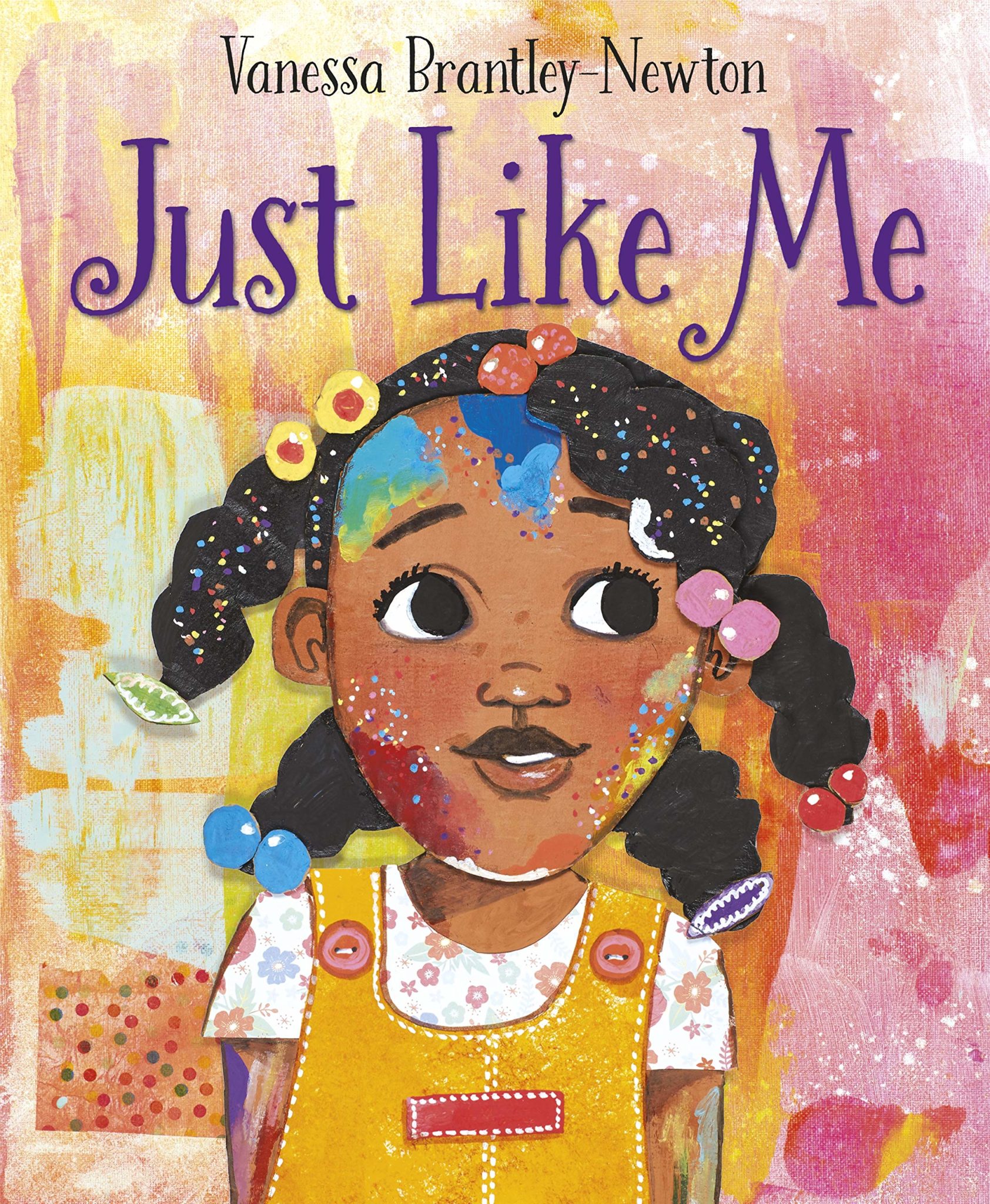
The Power of Her Pen by Ethel L. Payne
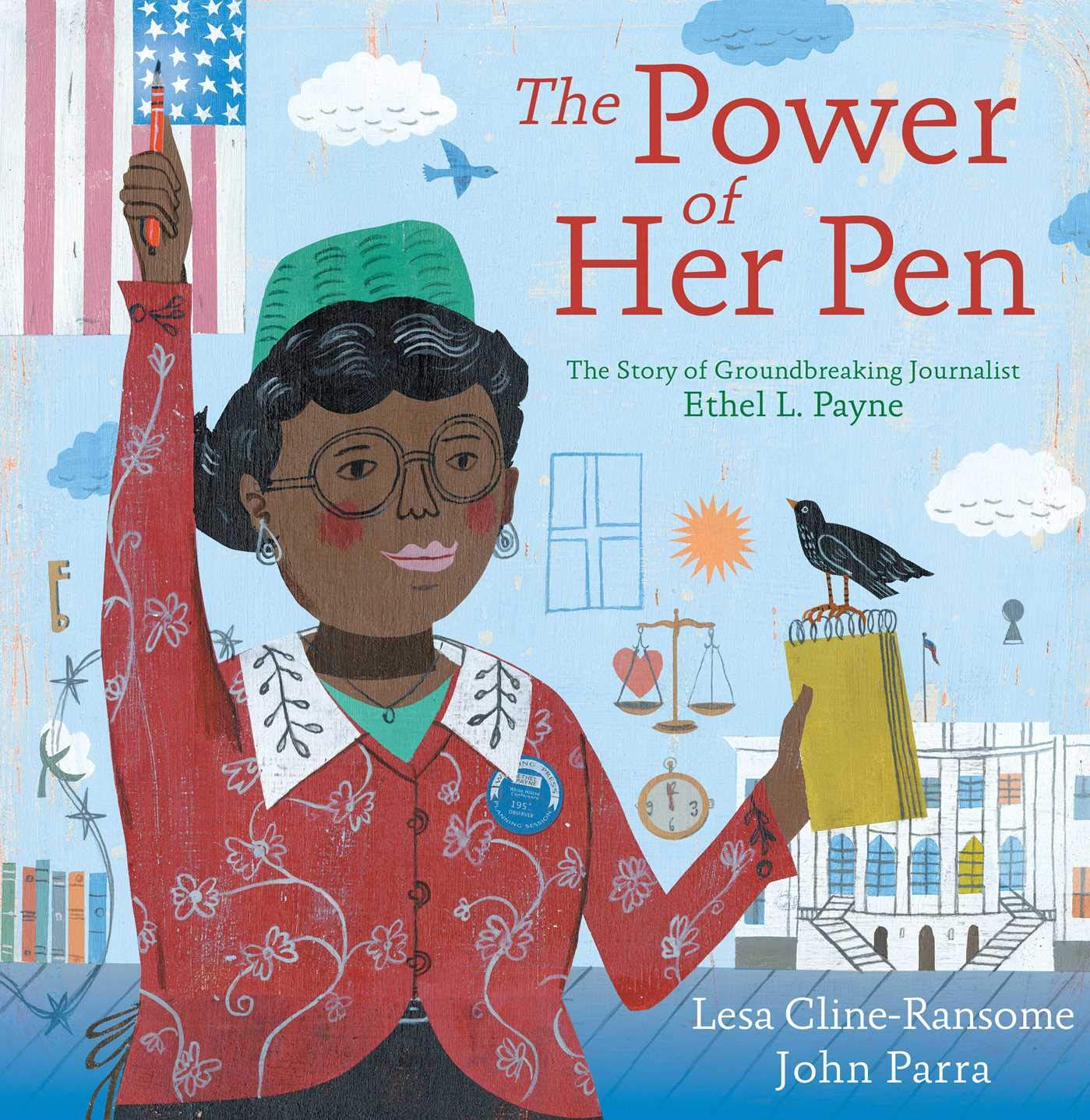
The King of Kindergarten by Derrick Barnes and Vanessa Brantley-Newton
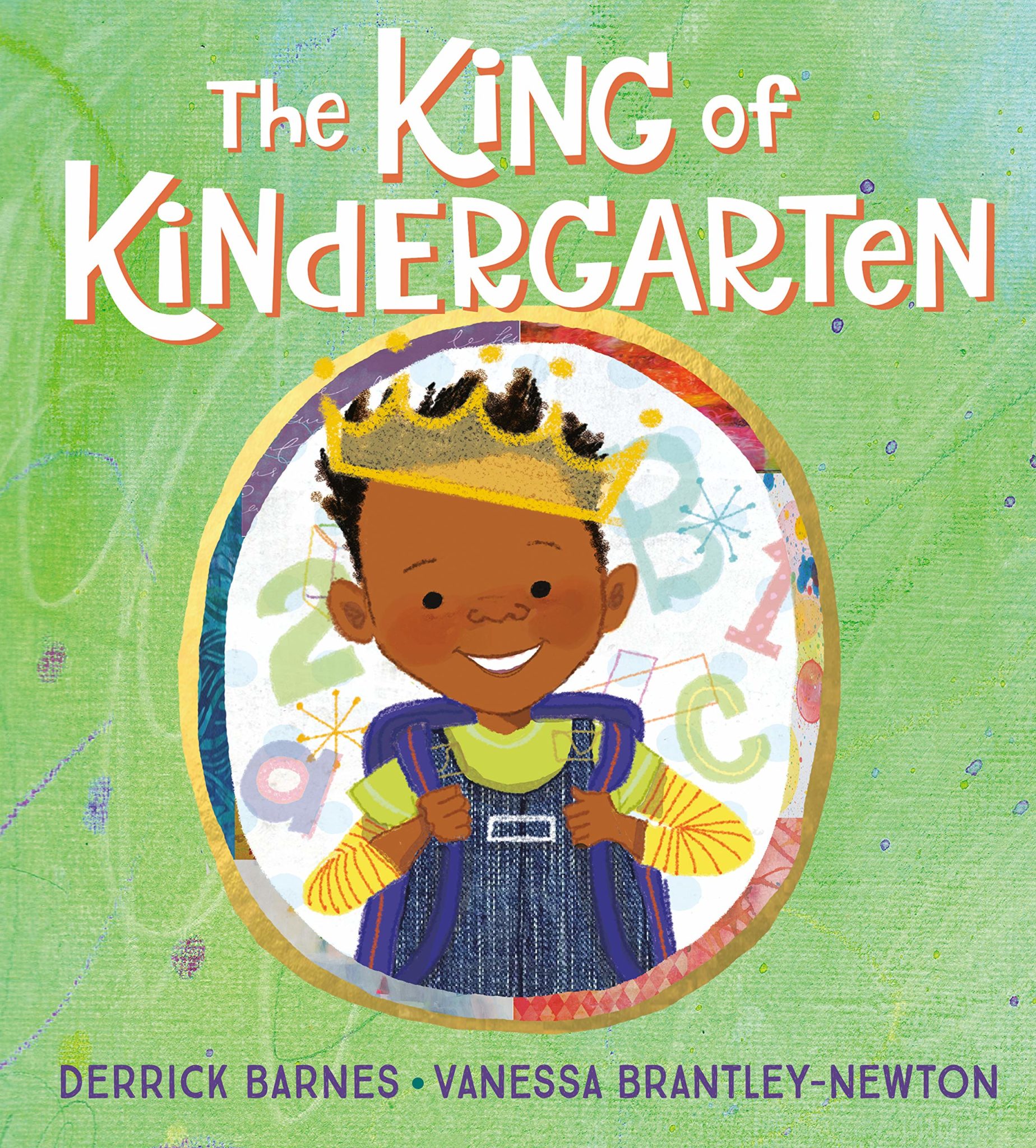
The Day You Begin by Jacqueline Woodson
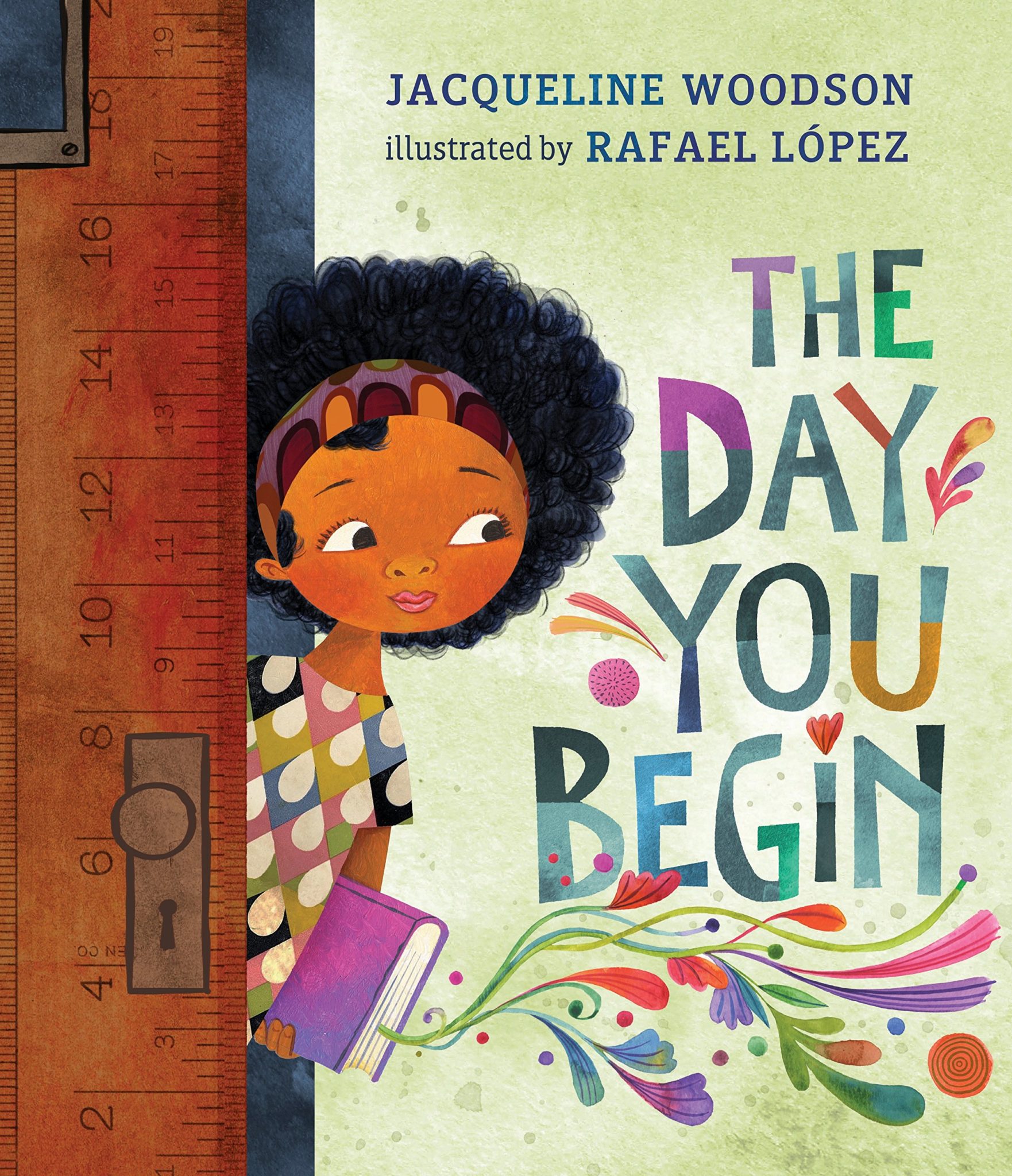
Pies From Nowhere by Dee Romito